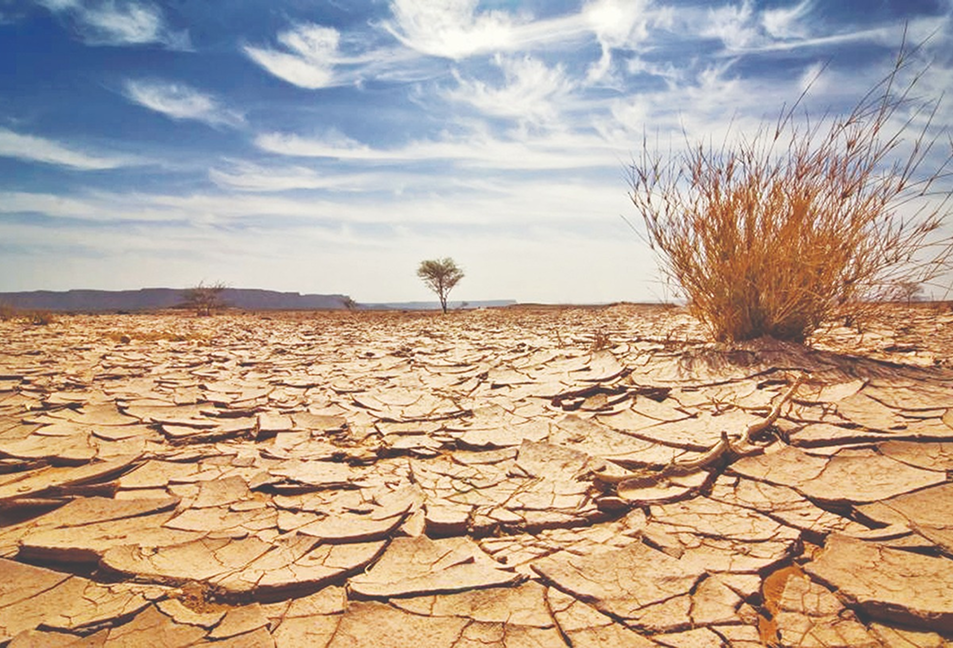Climate change in the United Kingdom is not a distant forecast; it is an ecological reality reshaping land, rivers and seas. Warmer averages, more frequent heatwaves, heavier downpours and rising sea levels are altering the timing of biological events, the ranges of species and the integrity of habitats. Because the UK spans Atlantic, temperate and sub-Arctic influences across a compact archipelago, even modest shifts in climate cascade quickly through ecosystems.
Phenology: life out of sync
One of the clearest signals is phenological mismatch. Springs are arriving earlier; many plants now bud and flower days to weeks ahead of historical norms. Pollinators, migratory birds and insect prey do not always advance at the same pace. When peak caterpillar abundance misses the nesting period of woodland birds, or when early blossoms bloom before bumblebee colonies are strong, breeding success falls. Across hedgerows, gardens and woodlands, this subtle desynchronisation erodes resilience that depends on timing.
Upland peatlands and moorlands
Upland peat—blanket bogs from the Pennines to the Flow Country—is the UK’s largest terrestrial carbon store and a refuge for curlew, golden plover and sphagnum-rich communities. Hotter, drier summers desiccate peat surfaces, increasing wildfire risk; intense winter rainfall then strips exposed peat into streams. As bogs dry, they release carbon and lose the mosses that build peat. Restoration—re-wetting, reprofiling drains, re-establishing sphagnum—can reverse this trajectory, but requires sustained water management and grazing control under a warmer, more variable climate.
Lowland wetlands and chalk streams
The UK’s chalk streams, globally rare and famed for crystalline flows (think Test, Itchen and Kennet), depend on steady groundwater recharge. Hot summers and erratic rainfall reduce baseflows, heat shallow water and lower oxygen. Salmonids, mayflies and aquatic plants suffer; water abstraction for farms and towns compounds stress. Lowland fens and marshes face similar pressures, with reedbeds shrinking under drought yet also flooded by intense storms that flush nutrients and sediments, reshaping plant communities and bird habitat.
Woodlands and tree health
Native woodlands absorb carbon and cool local climates, but heat and water stress increase vulnerability to pests and disease. Ash dieback is already transforming landscapes; warmer conditions may accelerate other pathogens and enable insect pests to survive winters. Planting mixed, climate-suitable species and expanding riparian woodland buffers can reduce flood peaks, shade streams and create stepping-stones for species to move as conditions shift.
Coastal change: saltmarshes, dunes and cliffs
Sea-level rise and storm surges squeeze coastal habitats between advancing water and fixed human infrastructure, a process known as coastal squeeze. Saltmarshes in Essex, Solent and the Severn are valuable “blue carbon” sinks and nurseries for fish and waders; where they cannot migrate landward, they fragment. Managed realignment—setting back sea defences to allow new marsh to form—has created resilient intertidal habitat while buffering communities from waves. Dune systems on the Welsh and Scottish coasts face similar challenges, with increased storminess destabilising vegetation and accelerating erosion.
Rivers, floods and nature-based solutions
Heavier downpours raise flood risk in many catchments. Fast runoff scours gravels, degrades spawning beds and transports nutrients that drive algal blooms downstream. Nature-based solutions—re-meandering channels, reconnecting floodplains, planting trees along headwaters and restoring beaver wetlands—slow water, capture sediment and build drought-time storage. These measures protect towns while improving habitat complexity for fish, invertebrates and birds.
Marine ecosystems and seabirds
UK seas are warming, with frequent marine heatwaves in the North Atlantic and North Sea. Plankton communities shift, altering food webs that support sandeels, mackerel and herring. Iconic seabirds—puffins, kittiwakes, guillemots—struggle when prey moves northward or deeper. Heat and disease events compound the stress, leading to breeding failures on some colonies. Protecting forage fish, reducing by-catch and safeguarding marine protected areas help, but long-term stability hinges on limiting warming and restoring ecosystem complexity, from seagrass and kelp to offshore reefs.

